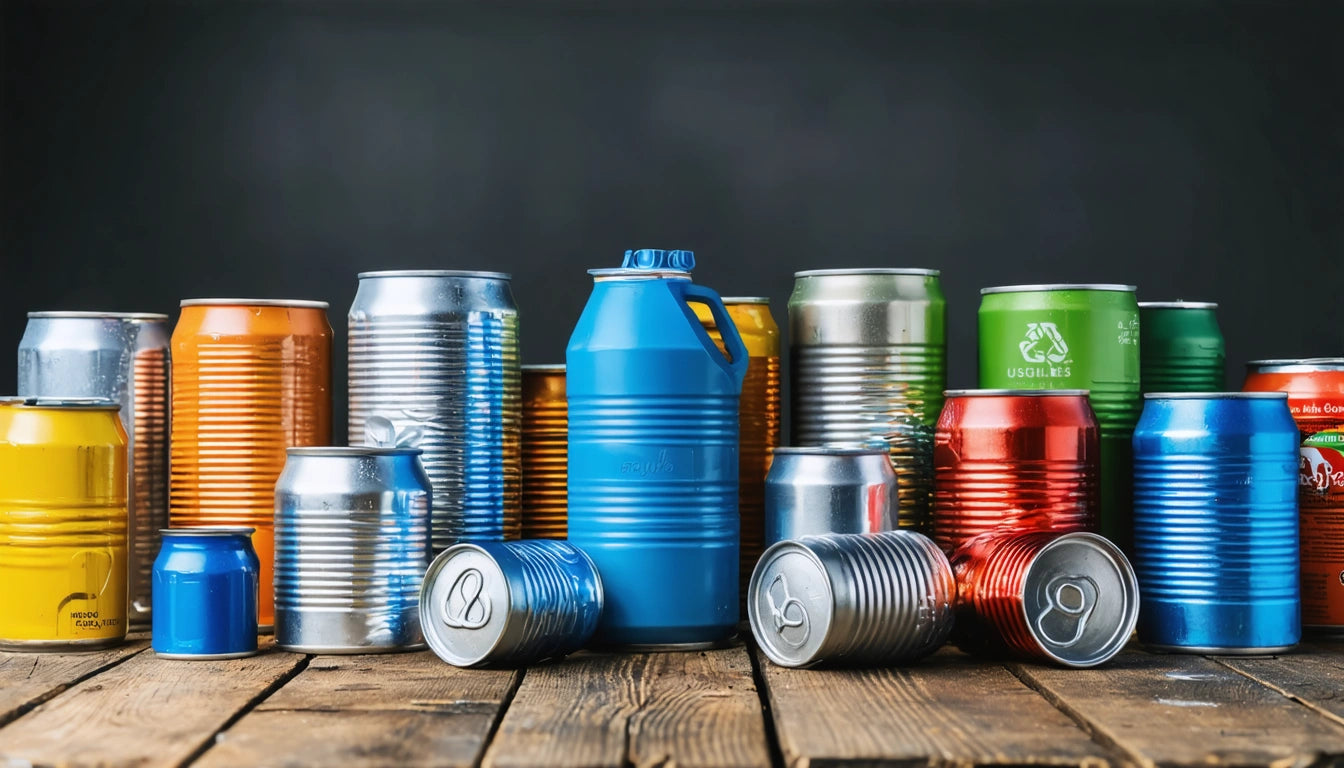Table of Contents
Mastering the Art of Rolling a Dutch: A Step-by-Step Guide
Rolling a Dutch is considered an art form among enthusiasts, offering a smooth, flavorful experience that many prefer over traditional rolling papers. Whether you're new to rolling or looking to perfect your technique, this comprehensive guide will walk you through how to roll a Dutch properly, from preparation to the final touch.
What is a Dutch? Understanding Dutch Masters Cigars
A "Dutch" refers to a cigar made by Dutch Masters, a popular cigar brand often repurposed for rolling. Dutch Masters cigars feature a natural leaf wrapper that burns slowly and evenly, making them ideal for a longer-lasting session. The outer leaf provides a subtle flavor that complements the contents without overpowering them.
Dutch Masters come in various flavors, with popular options including vanilla, berry, and the original. Each offers a distinct taste profile that can enhance your overall experience.
Materials Needed for Rolling a Dutch
Before learning how to roll with a Dutch, gather these essential supplies:
- Dutch Masters cigar (any flavor of your preference)
- Your chosen flower, properly ground
- A razor blade or sharp knife
- A grinder for consistent texture
- A small dish of water (for sealing)
- Optional: rolling tray to catch loose material
For the best results, consider using quality grinding equipment to achieve the perfect consistency, which is crucial for an even burn and smooth smoking experience.
Step-by-Step Guide to Rolling a Dutch
1. Preparing the Dutch
To begin the process of how to roll dutches, you'll need to carefully prepare the cigar:
- Find the seam of the Dutch Masters cigar
- Use your thumbnail or a blade to gently split the cigar along this seam
- Empty out the tobacco filler completely (some prefer to save this for mixing)
- Carefully inspect the outer leaf for any tears or holes
The key to proper preparation is patience. Rushing this step often results in damaged wraps that are difficult to roll.
2. Filling Your Dutch
Now that your Dutch is prepared, it's time to fill it:
- Hold the wrapper in your dominant hand, curved like a taco
- Distribute your ground material evenly along the center
- Avoid overfilling, which makes rolling difficult and can lead to uneven burning
- For beginners, start with less material until you master the technique
Consistent distribution is essential for how to roll dutch masters properly. This technique is similar to rolling the perfect blunt, though the leaf texture requires some adjustments.
3. Rolling Technique
The actual rolling process requires finesse:
- Use both thumbs and index fingers to roll the material back and forth, shaping it into a cylinder
- Tuck the unglued side of the wrapper under the material
- Roll upward gradually, keeping the material tight and even
- Lick or moisten the edge of the wrapper to create a seal
- Press and smooth the seam to ensure proper adhesion
If you're struggling with this technique, you might find it helpful to review our guide on rolling leaf wraps, as many principles apply to both methods.
4. Sealing and Finishing
The final step in how to make dutchie is proper sealing:
- Run your lighter quickly along the seam (without burning) to help dry and set the seal
- Gently squeeze and roll between your fingers to ensure even packing
- Trim any excess material from the ends for a clean finish
Common Mistakes When Rolling Dutches
Even experienced rollers can make these common errors when learning how to roll dutch:
- Splitting the wrap incorrectly: Always follow the natural seam to avoid tears
- Over-moistening: Too much saliva can make the wrap soggy and difficult to work with
- Packing too tightly: This restricts airflow and makes drawing difficult
- Uneven distribution: Results in canoeing (uneven burning)
- Rushing the process: Patience is key to a well-rolled Dutch
Taking your time with each step will help you avoid these pitfalls and create a more enjoyable final product.
Advanced Techniques for Dutch Rolling
Once you've mastered the basics of how to roll with a Dutch, consider these advanced techniques:
Diamond Dutch
This technique involves carefully removing the entire outer leaf, filling the inner leaf, then rewrapping with the outer leaf for a smoother smoke and elegant appearance.
Twaxing
Adding concentrates to your Dutch can enhance potency and flavor. Apply a thin line along the inside of the wrap before filling, or wrap a thin strand around the exterior after rolling.
For more creative rolling methods, check out our guide on creative ways to roll which includes techniques applicable to Dutch Masters.
Mastering Your Craft: Perfecting Your Dutch Rolling Skills
Like any skill, learning how to roll dutches takes practice. Each attempt improves your technique and understanding of the process. Consider these final tips for mastering the art:
- Practice with different Dutch Masters flavors to find your preference
- Experiment with different moisture levels in your wrap
- Try various grinding consistencies to find what works best
- Consider investing in quality tools like precision grinders and rolling trays
- Share techniques with other enthusiasts to learn new approaches
Remember that rolling is both functional and expressive. Your personal style will develop over time as you become more comfortable with the process. For those interested in expanding their rolling repertoire, our comprehensive guide to rolling techniques offers additional insights and methods to explore.
With practice and patience, you'll soon be rolling Dutch Masters with confidence and precision, creating a smooth, enjoyable experience every time.











Leave a comment
All comments are moderated before being published.
This site is protected by hCaptcha and the hCaptcha Privacy Policy and Terms of Service apply.